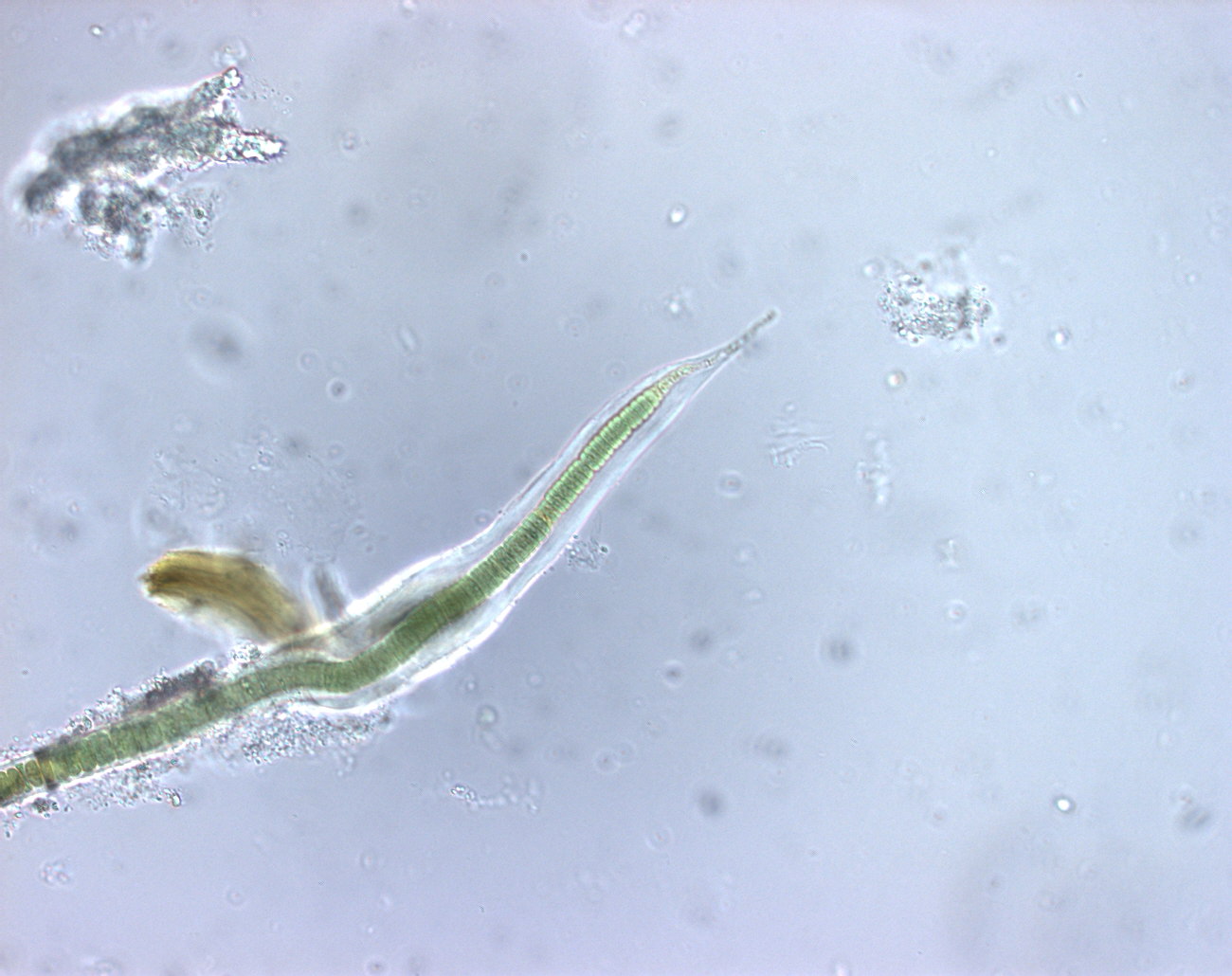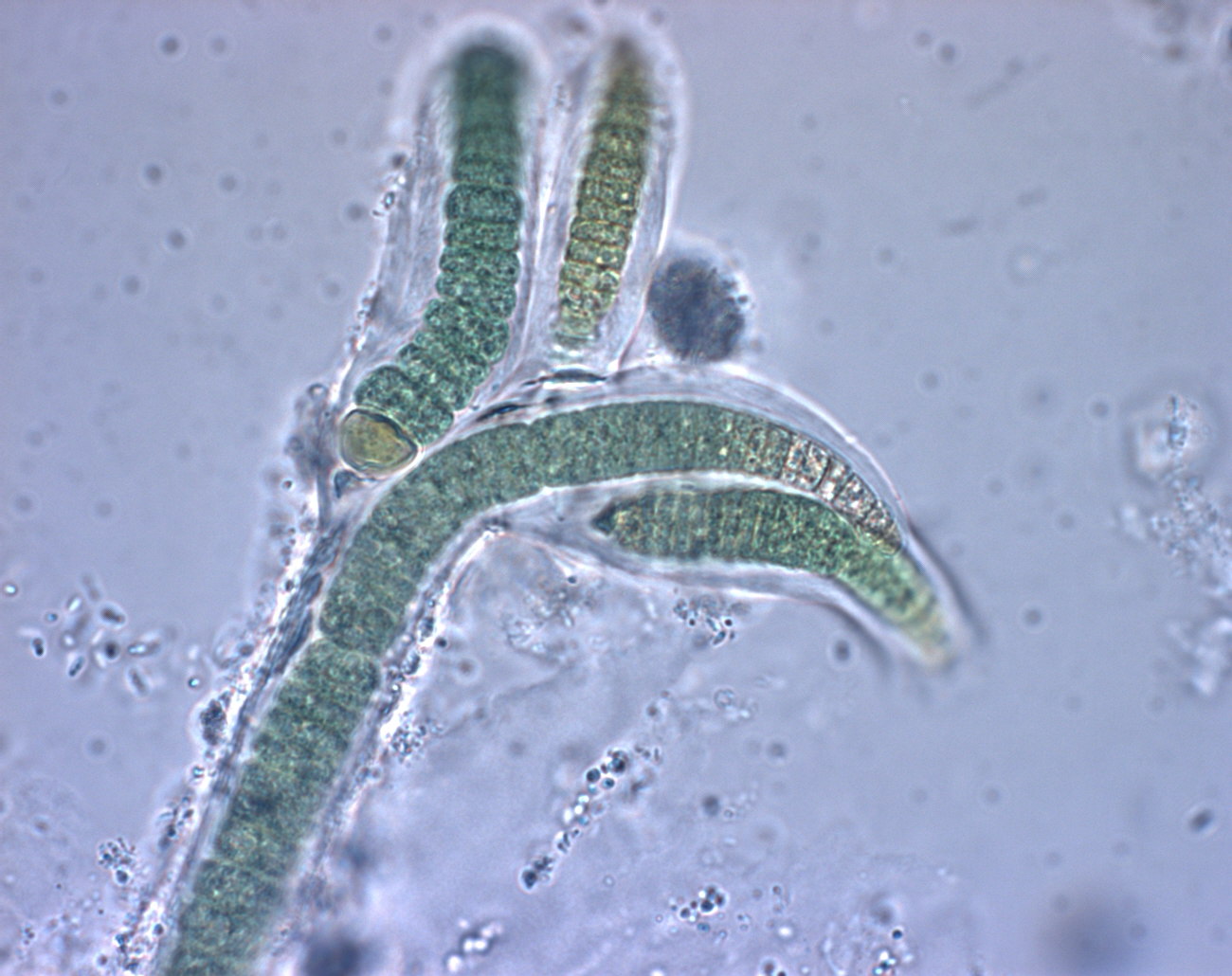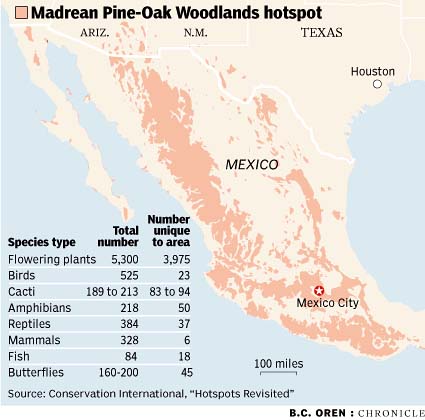|
Team News!
|
-
-
Bacillus yellow creature genome sequenced - CINVESTAV. Gulf of
Mexico Bacillus sequenced by Moore.
-
Ribotyping of the CCB cultures is proceeding through the help
of JSC. Thanks!
-
Calothrix sp CC is in culture and we have BEAUTIFUL pictures!!
(see above). Thanks, Luisa (Valeria and Maia) for extrodinary effort
and research talent.
-
December, 2004 - Dr. Maia Larios-Sanz was awarded the highly competitive
W.
M. Keck Fellowship for her HGT project! Congratulations!
-
December, 2004 Rene's CC yellow Bacillus will be sequenced
by CINVESTAV!
-
November, 2004 Our research in Cuatro Cienegas was featured in
Rice
News and Rice Research home page.
-
October, 2004 - Field sampling on the protected side
of CC, photos by T.
Lavergne
-
August 2004 - Gordon and Betty Moore Foundation to
sequence one of our marine Bacillus strains,
in the pipeline.
-
August 10-15 -Field trip to Cuatro Cienegas, thanks
to NAI for their sponsorship! Photo
tour.
|
|
July Calendar
|
| |
|
|
|
|
1 |
2 |
| 3 |
4
|
5 |
6 |
7 CC field trip begins: |
8 |
9 |
| 10 |
11 |
12 |
13 |
14 |
15 |
16 |
| 17Back from CC |
18 |
19 |
20 |
21 |
22 Group Videocon |
23 |
| 24 |
25 |
26 |
27 |
28 |
29 |
30 |
| |
|
|
|
|
(the
big version) |
|
|
Education/Public
Outreach |
Rice Education
and Public Outreach Portal
Worldwind,
Science Cafe, Astrobiology
PI - Dr. Carlos Solis |
Next
Team Meeting: |
Who
is on the team? |
Team Meeting - Friday, January 21
11am -1pm
Teleconferencing IP: 128.42.33.5 DH 2056
Phone number in DH 2056
713-348-2464
|
- Bioinformatics
Fofanov, Fox, Gogarten, Siefert, Rowher
- Experimental Evolution
Falcon, Larios-Sanz, Travisano
- Ecosystem Evolution
Falcon, Larios-Sanz, Rohwer, Souza, Travisano
- Student Training
All Co-I’s
- EPO
Co-I’s Solis, Lazcano, Siefert, Souza
|
| Links |
|
Featured HGT Research
|
Frequent Recombination in a Saltern
Population
of Halorubrum, Papke et al, Science 306:1928-1929,
2004
Sex and recombination are driving forces in the evolution
of eukaryotes. Homologous recombination is known to be the dominant
process in the divergence of many bacterial species. For Archaea, the
only direct evidence bearing on the importance or natural occurrence
of homologous recombination is anecdotal
reports of mosaicism from comparative genomic studies. Genetic studies,
however, reveal that recombination may play a significant role in generating
diversity among members of at least one archaeal group, the haloarchaea.
We used multi-locus sequence typing to demonstrate that haloarchaea
exchange genetic information promiscuously, exhibiting a degree of linkage
equilibrium approaching that of a sexual population. |
| Misc. |
|



